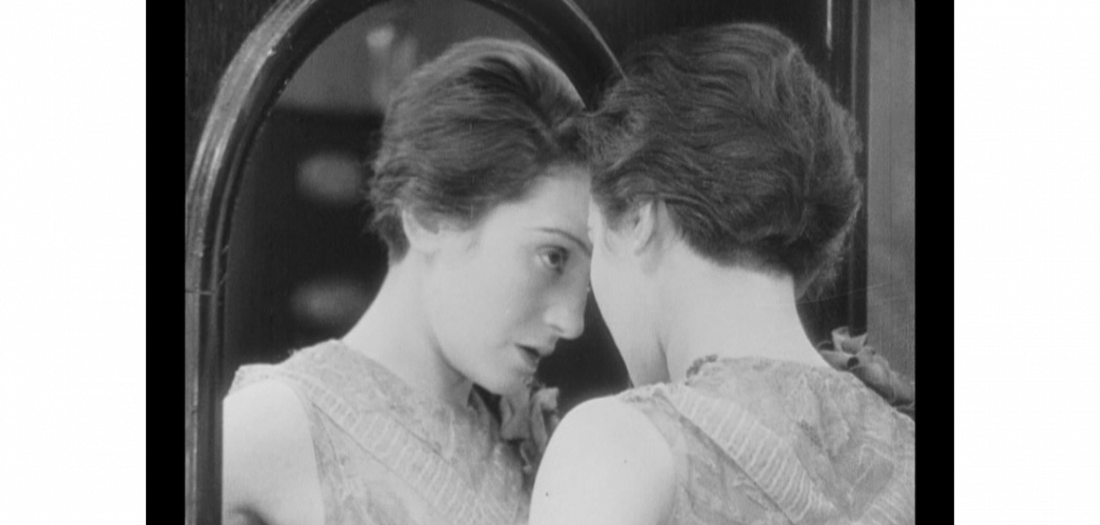Version 1.0 of the digital edition of Fräulein Else goes online
Digital historical-critical edition (works 1905 to 1931)
08.08.2018 | General, Project News

As part of the binational research project Arthur Schnitzler digital. Digital historical-critical edition (works 1905 to 1931), the edition by Fräulein Else developed at the Bergischen Universität Wuppertal in cooperation with the Trier Center for Digital Humanities has gone online. The story, first published in 1924, gives access to the consciousness of a nineteen-year-old Jewish girl who is faced with a life-threatening dilemma for a few hours and is one of the most important novels of classical modernism (approx. 1890–1930). The digital edition, which is now in a beta version, offers a quotable reading text with a factual commentary that has been cleared of clear text errors, and above all the historical-critical first edition of the entire surviving legacy material on Miss Else, including notes, sketches and two work transcripts (including explanatory texts on the creation - and transmission history of all edited documents). As a result, it is now possible to understand in detail how the author Schnitzler designed and worked out his famous late work over the course of several decades.
Das Forschungsprojekt Arthur Schnitzler digital. Digitale historisch-kritische Edition (Werke 1905 bis 1931) wird von Wissenschaftlerinnen und Wissenschaftlern an der Bergischen Universität Wuppertal, der University of Cambridge und dem University College London in Kooperation mit der Cambridge University Library, dem Deutschen Literaturarchiv Marbach, dem Arthur-Schnitzler-Archiv-Freiburg sowie mit dem Trier Center for Digital Humanities durchgeführt. Das deutsche, Anfang 2012 gegründete und als Forschungsvorhaben der Nordrhein-Westfälischen Akademie der Wissenschaften und der Künste im Rahmen des Akademienprogramms geförderte Teilprojekt bearbeitet die Werke ab 1914; das britische, vom Arts and Humanities Research Council (AHRC) finanzierte Teilprojekt hat Anfang 2014 seine Arbeit aufgenommen und bearbeitet Werke von 1905 bis 1913. Die erste Publikation des britischen Teilprojekts ist für Herbst 2018 vorgesehen (Marionetten. Einakterzyklus 1880–1906).
The Arthur Schnitzler digital research project. Digital historical-critical edition (works 1905 to 1931) is created by scholars at the Bergischen Universität Wuppertal, the University of Cambridge and the University College London in cooperation with the Cambridge University Library, the Deutschen Literaturarchiv Marbach, theArthur-Schnitzler-Archiv-Freiburg as well as with the Trier Center for Digital Humanities. The German sub-project, founded at the beginning of 2012 and funded as a research project of the North Rhine-Westphalian Academy of Sciences and Arts as part of the academy program, works on the works from 1914; the British sub-project, funded by the Arts and Humanities Research Council (AHRC), started work in early 2014 and works on works from 1905 to 1913. The first publication of the British sub-project is planned for autumn 2018 (Marionetten. One-act cycle 1880–1906).
The aim of the major project is the development of a digital historical-critical edition and its publication within the framework of a publicly accessible online platform hosted by the Cambridge University Library as the 'host'. In contrast to other important representatives of Classical Modernism, the works of the Austrian writer Arthur Schnitzler (1862–1931) were for a long time not accessible in a scientific edition. While works from his early creative period (up to 1904) appear as a historical-critical book edition (and as an eBook) as part of a Vienna project funded by the FWF (de Gruyter 2011ff.), Arthur Schnitzler digitally uses the media-specific possibilities of an edition that was designed digitally from the start for the presentation of the works from 1905 onwards. Taking into account the extensive estate material that was rescued to Cambridge in 1938 (and today mainly stored there, to a lesser extent in Marbach and occasionally elsewhere), the research project offers insights into the working methods and production-aesthetic principles of an author who Has accompanied the epoch of Classical Modernism from its beginnings to its end in an extremely diverse literary manner and with a high degree of sensitivity for its problems and contradictions.
The online portal brings together the physically separated archives for the first time virtually and combines the functions of a digital archive and an edition. All material that has come down to us - manuscripts and typescripts - is digitally reproduced, transcribed and made accessible through comments, registers, etc. On the basis of different text views (semidiplomatic transcription, genetic-interpretive reconstruction, reading version) - graded according to publication units, each of which offers additional functionalities - a multi-perspective edition is created that takes into account the dimensions of 'textuality' and 'materiality' equally.
Link: www.arthur-schnitzler.de

